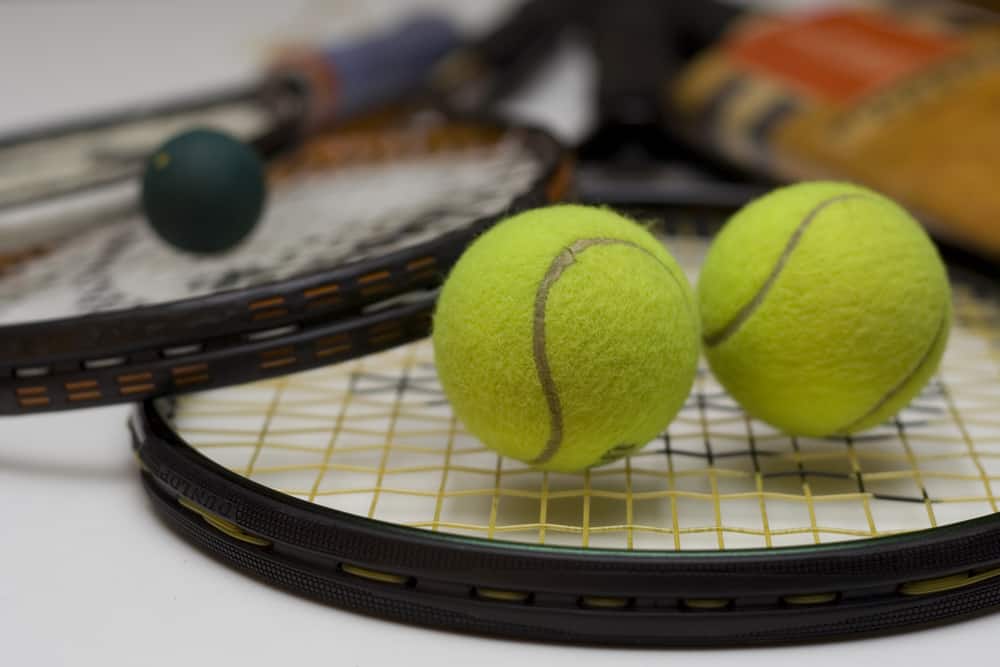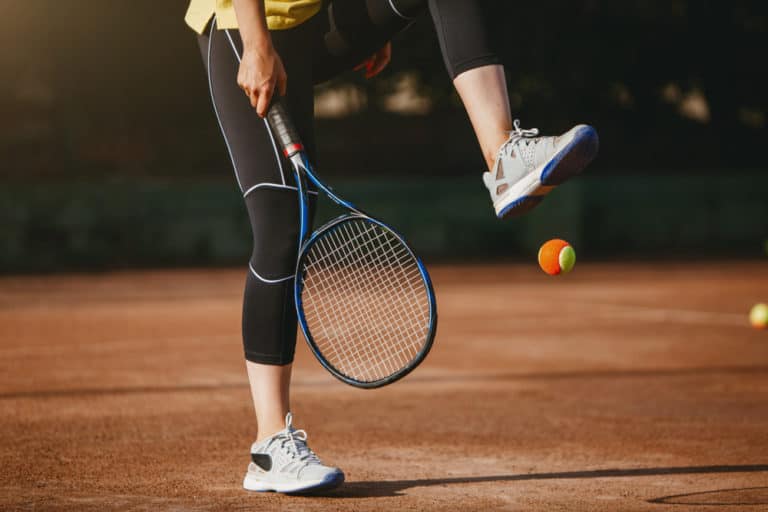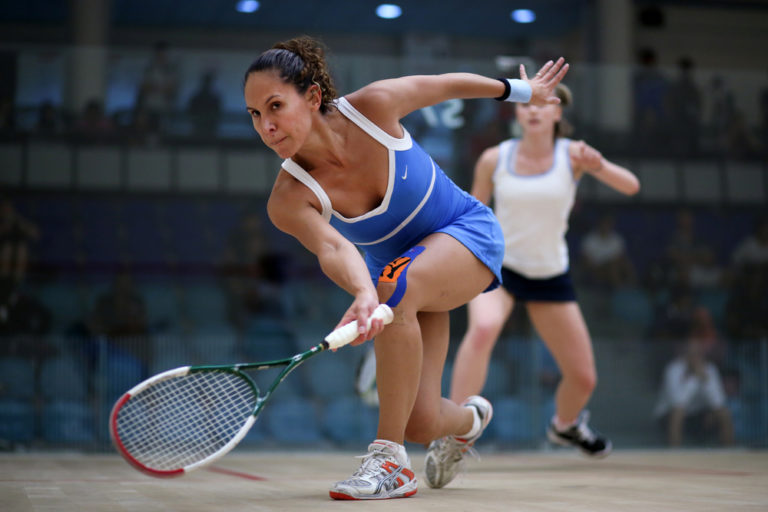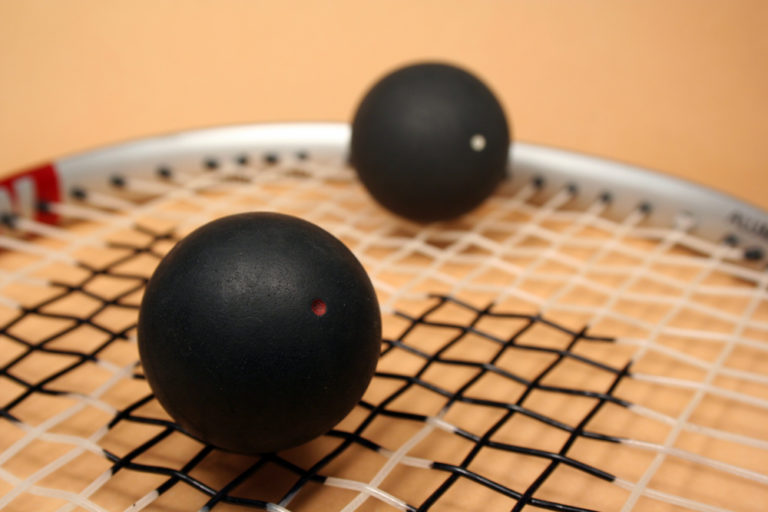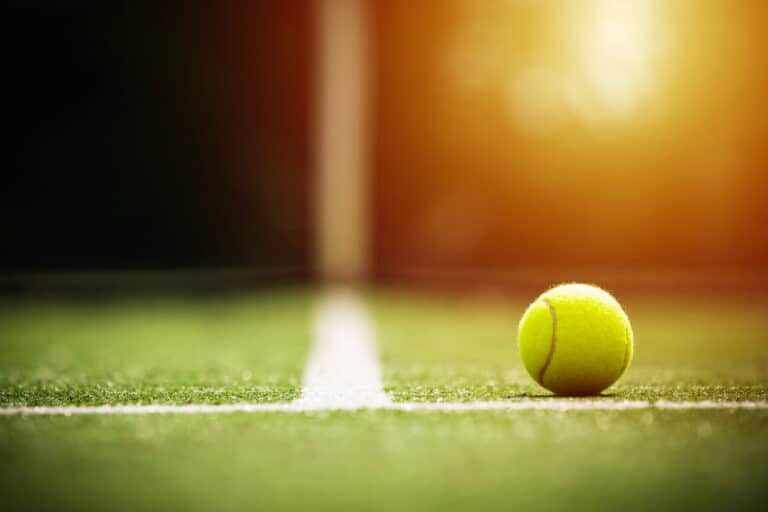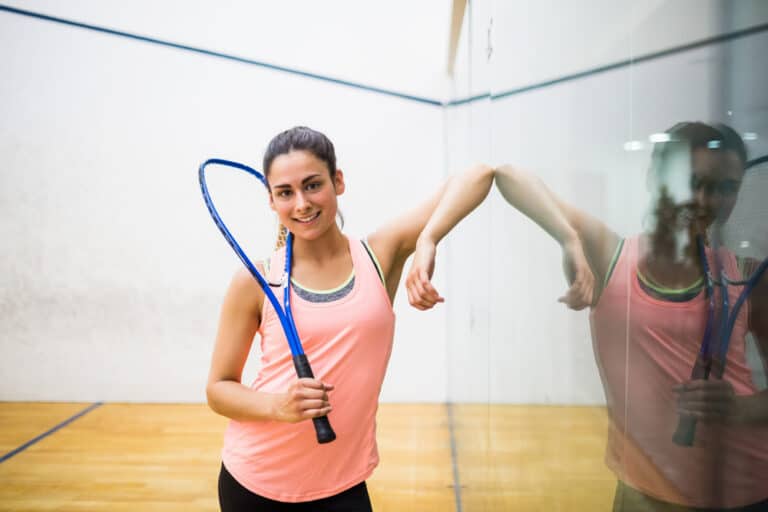Is Tennis Or Squash Better?
Of all the racket games around the world, tennis and squash are, without a doubt, the two most popular ones. When you observe tennis and squash, you will notice several similarities. However, these two sports have some distinct differences, and they are worlds apart. Is tennis or squash better?
While tennis and squash have a high level of excitement and difficulties, tennis is known as the more challenging sport to learn, but squash is physically more demanding. A tennis player who steps on a squash court will be able to keep up, but not for as long as a regular squash player.
Both tennis and squash have several health benefits, but they will improve different aspects of your physical and mental health. Are you wondering if tennis or squash is better for you? Read on to find out!
What Are The Health Benefits Of Playing Tennis?
Tennis is a great workout and can become lots of fun once you have the hang of it. Playing tennis has many health benefits, which include:
- Increases your reaction times
- Improves your flexibility, strength, and muscle tone
- Lowers your body fat
- Improves your bone density
- Improves your metabolism
- Lowers blood pressure and resting heart rate
What Are The Health Benefits Of Playing Squash?
In squash, the player will use a lot more energy than in tennis. Squash helps to:
- Increase your fitness and strength
- Improve cardiovascular health
- Maintain a healthy and steady weight
- Improves your coordination and flexibility
- Builds on your hand-eye coordination
Is Tennis Or Squash A Better Workout?
Both tennis and squash offer the players a great deal of physical workouts. However, squash is your best bet if you want something more intense.
Let’s look at a few of the primary aspects of tennis and squash and which one offers you the best workout:
Tennis And Squash Courts
When it comes to tennis courts, they are large and require players to cover more of the court than squash does. However, with the modern baseline game, the players get about a split second more to react between each shot.
The average groundstroke in tennis can take less than two seconds. Squash courts are smaller in size than tennis courts, and they have walls on all four of their sides.
Both of the players will stay on the same court, alternating shots and using the lines and “tin,” which is located on the front wall.
They will do this to keep the serve in play. Different from tennis, the back wall most often keeps the ball alive, which makes the rallies longer.
Squash players have to be on the move constantly, but they have to cover far less of their court than tennis players.
Tennis And Squash Equipment
Tennis racquets vary broadly in weight and size. Their size and weight will vary on the material and the size of the frame used.
Their weight will range on an average between 250 and 325 grams. From the perfective of racket sports, a tennis ball will weigh the heaviest, ranging around 57 and 58 grams. Squash racquets are much lighter than tennis racquets and weigh about 110 to 175 grams.
They are also smaller in diameter than tennis balls, with their weight ranging on an average of 23 to 25 grams. Squash balls also bounce less than tennis balls, and they will not bounce until they are warmed up before the game by repeated strokes against the walls.
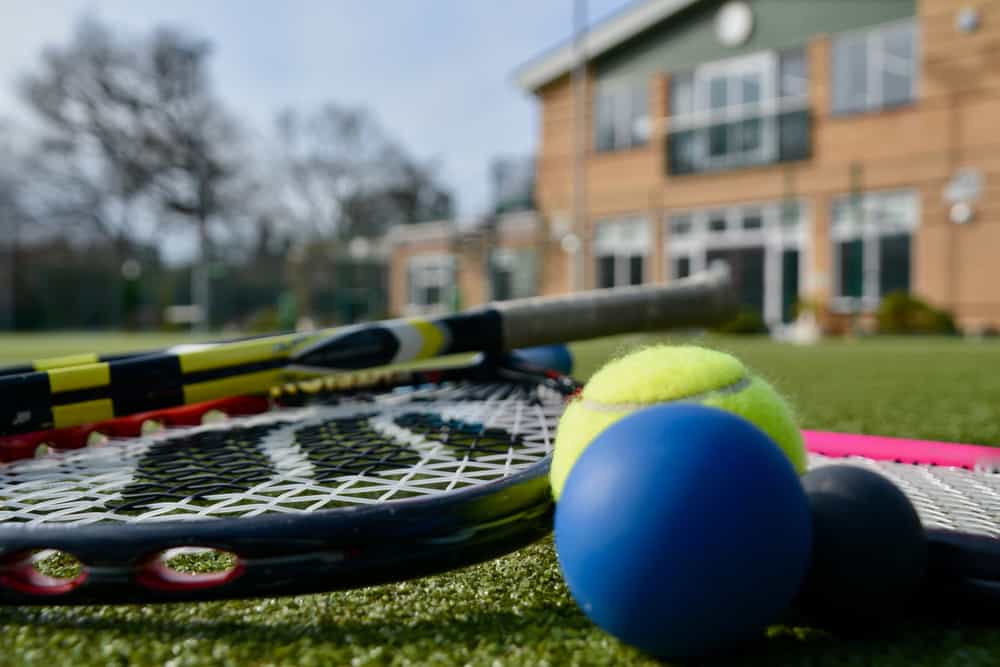
Tennis And Squash Serve
The tennis serve is the most challenging part of the game that any new player will encounter. More than just the mechanics of a good serve, a poor serve can often be attacked by the opposing player, which puts the server at a disadvantage.
A good first serve can deliver a tennis player an “ace” when the opposing player cannot make contact with the tennis ball.
Tennis players will get a second serve when the first one is out of the play, emphasizing that even the most experienced players could have trouble keeping up a high first-serve percentage.
When you compare a squash serve with a tennis serve, a squash serve is much more relaxed. Power serves are not as popular, and skilled squash players will use the element of surprise in their serve by varying to the spot they direct their serve.
Different from tennis, squash players will seldomly rely on serving points or aces to win crucial points. An ace is also much more challenging to achieve in squash since the back wall will most often put the ball back in play.
Tennis And Squash Return Of Serve
In tennis, returning a serve is much more challenging than the serve itself. It also opens up the tennis court for the serving player’s upcoming shot. A powerful first serve that combines good placement can only come when a tennis player becomes more experienced.
Professional tennis players’ serves can clock at above 150 mph.
When it comes to squash, a return of a serve is more of a setup shot rather than an attacking or defensive one. The main goal of the returning player is to hit length that allows them to get to the “T.”
A weak serve will often get attacked by the receiver in the form of a drop or a drive. A squash shot can also hit speeds above 150 mph. However, the wall will significantly slow the ball down for the receiving player.
Tennis And Squash Fitness Level
When tennis is played on a professional level, it can become a grueling sport that could take four to five hours to complete. When played at a club level, a game of singles tennis will approximately take an hour or two at the most.
People who have an average physical fitness level can play tennis until they are well into their senior years. As tennis players get older, they will switch to doubles tennis to continue being able to enjoy the game.
When the wrong techniques are practiced, they could lead to injuries, such as tennis elbow, which could worsen if not treated correctly.
Squash requires you to have a higher level of physical fitness. A typical game of squash at most clubs will take roughly forty minutes.
The constant movement and lunges players have to practice eventually take their toll and give the players a quick yet thorough workout in a short timeframe.
Mostly, squash players will get injuries to their knees. Beginner players who do not clear or play too close to their opponents could risk getting hit by the ball or the racquet.
Conclusion
Tennis and squash are both very physically demanding sports, and it is enjoyed by millions of players worldwide. A tennis player may have some difficulty if they step on a squash court for the first time, as it is a shorter but more tiring game. Squash will be your best bet if you’re looking for a more significant challenge!

